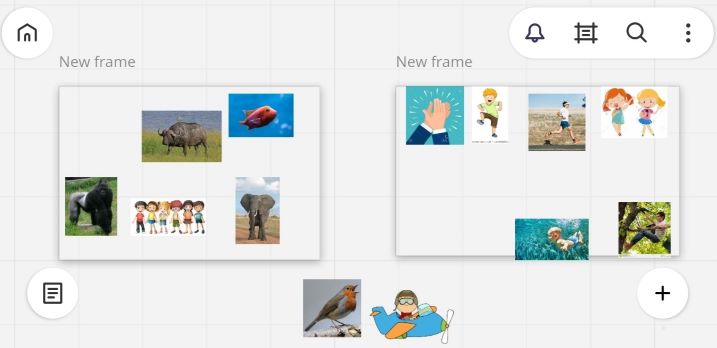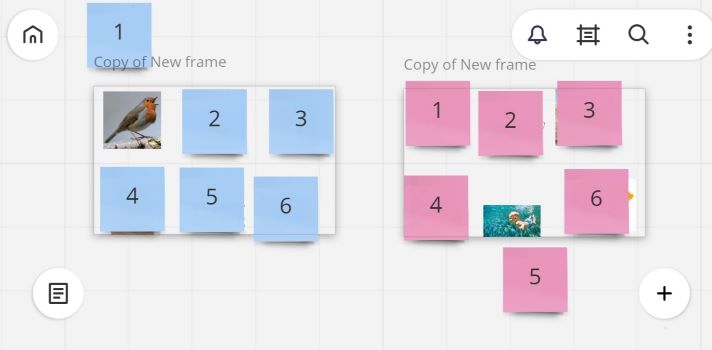Can you imagine a VYL or YL lesson without a song? I really hope you can’t😊 I should probably make a list of all the reasons why we need songs in EFL/ESL and see how many there are. Some other time.
The most important one for me is that a song, any song, is a plethora of words and structures sprinkled with some music. When, after a while you take away the music, your students, even the little ones are left with a discourse. Almost.
So while we listen to songs for pleasure and while we include them in our lessons just because they are fun, for me, the teacher, there is the secret agenda, the master plan, what the Tiggers do best…But before all that happens, a song needs to make an appearance. Or an entrance…
There are many ways of introducing a song.
When I was a little teacher, I always went through the same routine of introducing and practicing vocabulary and structures first and only when the kids were ready, I would ‘summarise’ it all with a song.

Not anymore.
Sometimes I start with the song because it already includes absolutely everything I need for a successful language presentation – lots of repetition, colours, gestures, even the written form. A good example here is ‘Do you like broccoli ice-cream?’.
Starting with a video is another solution. When I first found ‘What do you like to do?’, I wasn’t sure how to go about it because it included all these amazing verbs but there were so many of them that I would need a separate lesson to go through all of them and to prepare the kids for singing. I opted for the lazy teacher approach and we just watched the video first to simply enjoy the story the song is telling. I introduced the main structure then and verbs, in batches, as it were. The kids joined in singing with the verbs they had already known and slowly we filled in the gaps.
It is entirely up to you. This year, when this song was introduced, my students already knew ‘I can see’ from the previous units and all the verbs because we had used them in different games. I had to focus only on the names of the animals.
They can be introduced, with (electronic) flashcards, gestures or plastic animals, if you have them and this stage can be done (or in some cases even: should be done) in a separate lesson, to give the students a chance to become familiar and comfortable with them.
Then comes the song itself. You can simply just watch the video and listen to the song but there are certain advantages of playing the video with the sound off. This way, the kids can focus on the plot and the concept and the teacher can slowly introduce the lyrics, pausing and asking the students to repeat or to reply, again, depending on the group. Don’t forget about the gestures, too.
Afterwards comes the real proper song, this time, hopefully, with more students participating via gestures, humming or maybe even singing.
A song is never just for a lesson. It is a real waste not to reuse the old hits because the more we sing them, the better we know them and the more we can just enjoy them!
But this post is about the follow-up activities
These activities will be an opportunity for further language practice contributing to the song becoming ‘ours’ but they will also build the road to the world in which these verbs, animal names and ‘Can you…’ questions are just the language that the kids use, freely and creatively…
Here are some examples of the games and activities that can help achieve that.
One: Pelmanism game

In the classroom, we use small cards, colour-coded. In the online classroom, it takes only a moment to prepare a set of cards in your powerpoint or on the miro board.
In the beginning it might be a good idea to play teacher vs kids. The teacher picks one blue card and the students, in turns, choose one of the pink cards to be uncovered. The numbers make the game a little bit less challenging and in the online classroom they help the students make decisions and say which card they want. Once both cards are uncovered, the teacher starts singing ‘Little bird, little bird, can you swim?’ and the kids reply ‘No, I can’t’
When the kids are ready, they take over and choose both cards, still singing and practicing the key structure and vocabulary.
When my students got to the point when they were completely comfortable with the structure, we used the verb cards to interview all the other animals that we know, using flashcards or toy animals.
This can be easily done in the online classroom, too, because the teacher can use the google images, the finger puppets or just any toys that the kids have in their rooms.
Two: Handouts, homework or classwork.
To reinforce the knowledge of the lyrics of the song and also to check the kids knowledge of certain animals, I prepared a set of handouts. These can be set as homework, if the parents have the way of printing them, or they can become and activity that you do on the screen with the whole class.
Handout a focuses on the animals from the song, handout b takes the song out and uses the other animals that the kids know. Handout c can be done with the kids suggesting the animals and asking and answering questions about them. All three include people, too (I can, my mum can, my teacher can).
We normally circle the things that each animal can do but the same handout can be used to make affirmative (circle) and negative (cross) sentences about each animal, too.
Three: Dice game
This is a TPR game that can be used during the movement stage of the lesson, from the very beginning. It uses the same visuals as the handouts. The teacher rolls the dice and ask the kids the question ‘Can you clap?’ Kids answer ‘Yes, we can’ and mime the activity. After the first few rounds, the students take turns to roll the dice and ask the question. If the kids know more verbs, the original seven verbs can be replaced with some other activities.
Singing it or saying it?
During one of my first classroom research projects at university, I did look at the scaffolding techniques that a teacher (myself) uses at the different stages of using a song with little kids and it was only because of that research and the fact that I had to record my lessons and analyse them in detail that I could look at that issue and to find the exact answers.
It turned out that during the first lesson, all eight children were using the structures from the song in a creative communicative game but because it was a new song, all of them resorted to singing the question and the answer. A few lessons later, when everything was familiar, only one still preferred to sing. The other seven were already comfortable enough with asking the questions and answering them without the support of the music. This might be an indication for the teacher to start with singing but slowly move towards spoken language, allowing the students to transition whenever they are ready.
P.S. There is craft, too but this is a post for a different day😊
Happy teaching!
Links
Yes, I can. Super Simple Songs https://www.youtube.com/watch?v=_Ir0Mc6Qilo
Do you like broccoli ice-cream? Super Simple Song https://www.youtube.com/watch?v=frN3nvhIHUk
What do you like to do? Super Simple Songs https://www.youtube.com/watch?v=nddRGDEKxA0
www.supersimple.com/song/yes-i-can Check out their websites for lots more handouts.
And here are the links to my handouts: https://drive.google.com/open?id=1GywvxbJohMINsDV9jOymZwc7ZLC4WPB_
If you are interested in the topic of language production in pre-schooler, make sure you check out the posts on pairwork in pre-school, discourse clock, activities based on developing cognitive skills and Colourful Semantics in EFL.
You ought to take part in a contest for one of the highest quality blogs on the net.
I’m going to highly recommend this site!